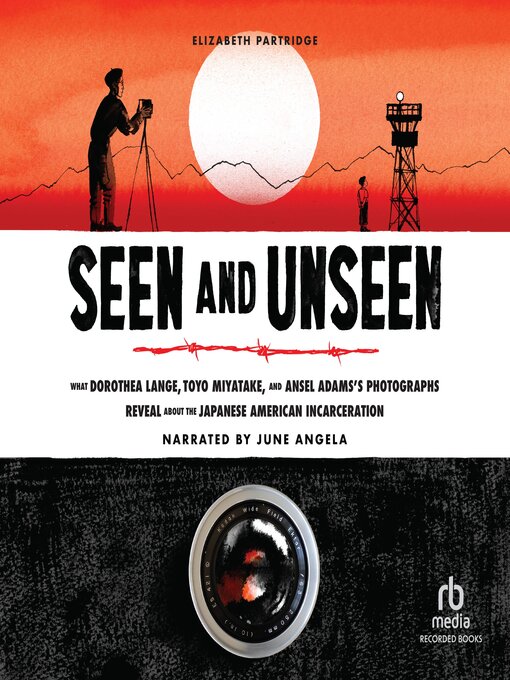- New Audiobooks
- Quick Listens
- Awesome Narrators
- Most Popular
- Try something different
- Family Reading Time
- See all
-
Description
-
Creators
-
Details
-
Reviews

- Elizabeth Partridge - Author
- Lauren Tamaki - Illustrator
- June Angela - Narrator
Awards:
OverDrive Listen audiobook
- ISBN: 9781705078556
- File size: 36423 KB
- Release date: October 25, 2022
- Duration: 01:15:52
MP3 audiobook
- ISBN: 9781705078556
- File size: 36427 KB
- Release date: October 25, 2022
- Duration: 01:16:52
- Number of parts: 1

Loading
Formats
OverDrive Listen audiobook
MP3 audiobook
subjects
Languages
English
Levels
Lexile® Measure:990
Text Difficulty:5-7
